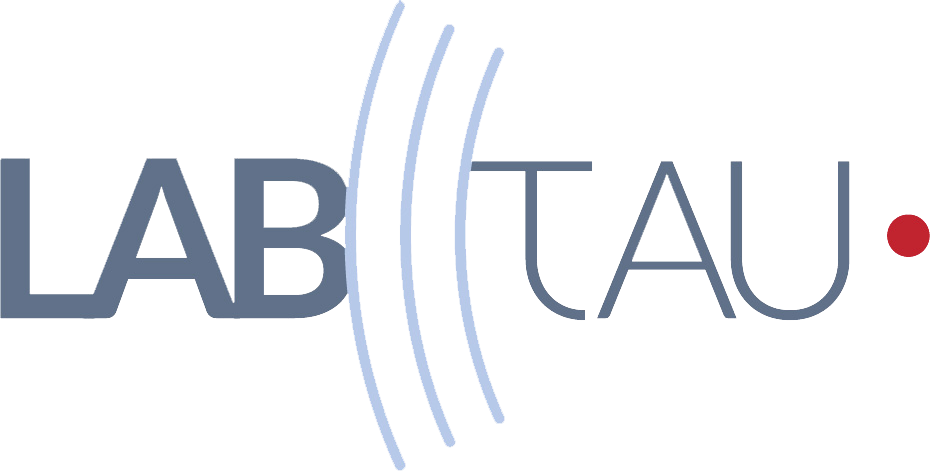Thesis by BOUYER Charlène
Acoustic cells manipulation for tissue engineering
Defended on 7 december 2015
Genetic or physical cells manipulation aspires to be new challenges in tissue engineering. Current technologies to generate tissues, such as micro-scale hydrogels (microgel) assembly, scaffold seeding, molding or bio-printing suffer from the difficulty to control cells organization, multi-steps time consuming procedures and/or potentially cytotoxic side effects. In this PhD, we aimed at developing cell-friendly and rapid techniques, easily transferable to biological laboratories, for two broadly challenging applications: bone healing and neural tissue engineering, for which the above-mentioned techniques cannot yet provide widely reliable models. In case of a bone critical size defect, external help is often needed for bone healing, and gold-standard for care is bone autograft. Alternatively, the fracture healing process can be stimulated and restored by the implantation at the fracture site of hydrogels embedding growth factors. Both technologies suffer however from side effects such as donor site morbidity or cells over-proliferation in the hydrogel proximity. Moreover, the kinetic of growth factors release cannot be temporally controlled. In this work, we aim at developing an alternative method using ultrasound to spatially and temporally control growth factors release within a biocompatible material: fibrin hydrogels. Towards this goal, we encapsulated, in lipoplexes, plasmids that are under the control of a heat-shock promoter. We then transfected cells, stimulate the production of the targeted protein by heat shock and reported its expression. We also optimized an encapsulation protocol for cells within fibrin gels. This proof of concept demonstrates the feasibility of transfection by lipoplexes with a plasmid under control of heat shock, and pave the way for future developments of in situ transfection of autologous cells, for a tight temporal and spatial control of therapeutic proteins expression using ultrasound-induced hyperthermia
Manipulations acoustiques de cellules pour l'ingénierie tissulaire
Soutenue le 7 December 2015
Manipuler génétiquement ou physiquement des cellules présente un très grand intérêt pour l'ingénierie tissulaire mais soulève encore de nombreux challenges. Les technologies actuelles pour la fabrication de tissus, comme l'assemblage de micro-gels, le remplissage de matrice 3D, le modelage ou l'impression biocompatible sont limités dans leur capacité à organiser spatialement des cellules, souffrent d'un temps de manipulation conséquent, d'effets secondaires potentiellement cytotoxiques et d'une grande complexité de mise en œuvre, empêchant leur utilisation à grande échelle. Nous nous sommes intéressés dans cette thèse à développer des techniques biocompatibles, faciles à implémenter, rapides et facilement transférables dans des laboratoires de biologie. Nous les avons orientées vers deux applications stimulantes car en grand essor et pour lesquelles les techniques actuelles ne permettent pas encore une utilisation grande échelle : la réparation osseuse et l'ingénierie tissulaire neuronale
Defended on 7 december 2015
Genetic or physical cells manipulation aspires to be new challenges in tissue engineering. Current technologies to generate tissues, such as micro-scale hydrogels (microgel) assembly, scaffold seeding, molding or bio-printing suffer from the difficulty to control cells organization, multi-steps time consuming procedures and/or potentially cytotoxic side effects. In this PhD, we aimed at developing cell-friendly and rapid techniques, easily transferable to biological laboratories, for two broadly challenging applications: bone healing and neural tissue engineering, for which the above-mentioned techniques cannot yet provide widely reliable models. In case of a bone critical size defect, external help is often needed for bone healing, and gold-standard for care is bone autograft. Alternatively, the fracture healing process can be stimulated and restored by the implantation at the fracture site of hydrogels embedding growth factors. Both technologies suffer however from side effects such as donor site morbidity or cells over-proliferation in the hydrogel proximity. Moreover, the kinetic of growth factors release cannot be temporally controlled. In this work, we aim at developing an alternative method using ultrasound to spatially and temporally control growth factors release within a biocompatible material: fibrin hydrogels. Towards this goal, we encapsulated, in lipoplexes, plasmids that are under the control of a heat-shock promoter. We then transfected cells, stimulate the production of the targeted protein by heat shock and reported its expression. We also optimized an encapsulation protocol for cells within fibrin gels. This proof of concept demonstrates the feasibility of transfection by lipoplexes with a plasmid under control of heat shock, and pave the way for future developments of in situ transfection of autologous cells, for a tight temporal and spatial control of therapeutic proteins expression using ultrasound-induced hyperthermia
Manipulations acoustiques de cellules pour l'ingénierie tissulaire
Soutenue le 7 December 2015
Manipuler génétiquement ou physiquement des cellules présente un très grand intérêt pour l'ingénierie tissulaire mais soulève encore de nombreux challenges. Les technologies actuelles pour la fabrication de tissus, comme l'assemblage de micro-gels, le remplissage de matrice 3D, le modelage ou l'impression biocompatible sont limités dans leur capacité à organiser spatialement des cellules, souffrent d'un temps de manipulation conséquent, d'effets secondaires potentiellement cytotoxiques et d'une grande complexité de mise en œuvre, empêchant leur utilisation à grande échelle. Nous nous sommes intéressés dans cette thèse à développer des techniques biocompatibles, faciles à implémenter, rapides et facilement transférables dans des laboratoires de biologie. Nous les avons orientées vers deux applications stimulantes car en grand essor et pour lesquelles les techniques actuelles ne permettent pas encore une utilisation grande échelle : la réparation osseuse et l'ingénierie tissulaire neuronale




